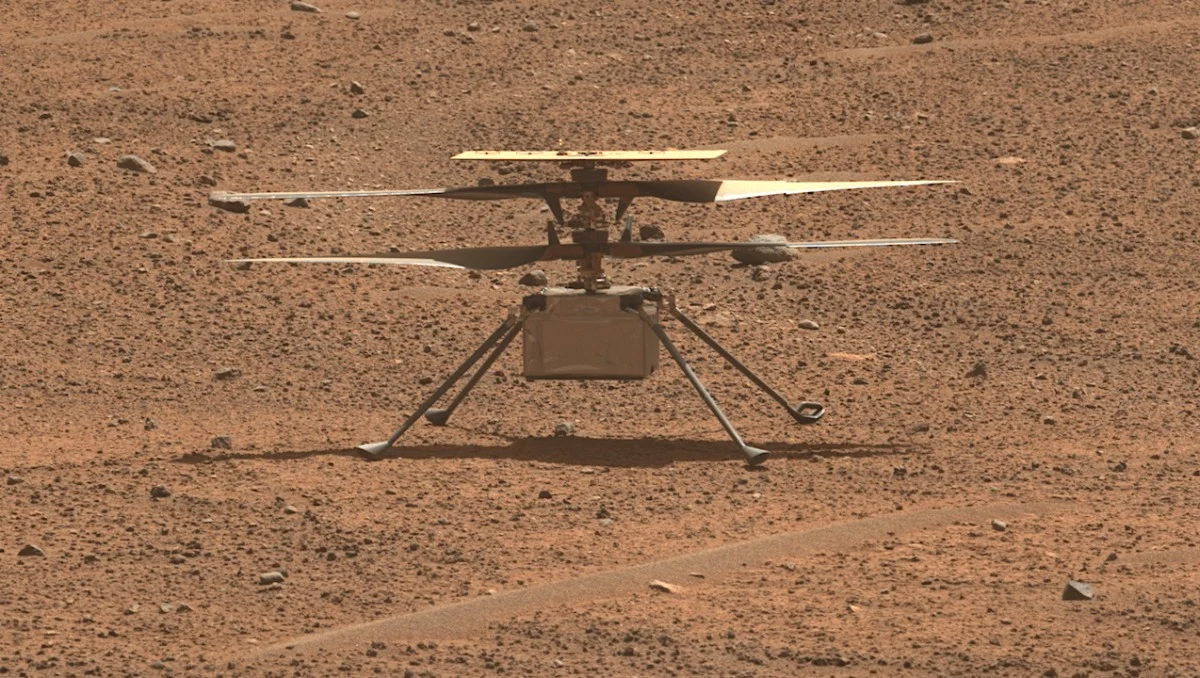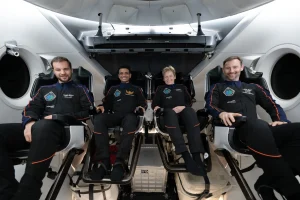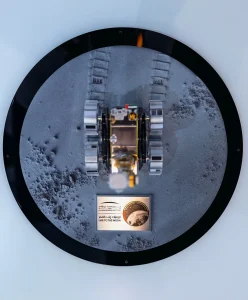Much like the Wright Brothers’ first flight, Ingenuity’s mission opened a new frontier, proving that controlled flight in Mars’ thin atmosphere is not just possible — it’s a game-changer.
Initially a technology demonstrator, Ingenuity surpassed expectations. Designed to show that flight could be achieved on Mars, it quickly evolved into Perseverance Rover’s trusted scout, conducting 72 flights and collecting invaluable data. It mapped uncharted terrains, guided Perseverance to intriguing rock samples, and revealed insights about Martian winds and sand movements. Each flight not only pushed the boundaries of technology but also inspired people worldwide, showing that even small innovations can pave the way for giant leaps in exploration.
In 2021, NASA made history when the four-pound helicopter first soared above the Martian surface, redefining what was possible in space exploration. But Ingenuity’s true impact lies in the doors it has opened for future exploration. The next generation of Mars helicopters promises greater capability: carrying scientific instruments, covering more ground, and accessing terrains unreachable by rovers or landers. Imagine drones exploring Mars’ grand canyon, Valles Marineris, or peeking into mysterious lava tube skylights. The possibilities are limitless. These aerial vehicles could operate in swarms or in tandem with rovers, providing real-time data that could revolutionize our understanding of the Red Planet’s geology, atmosphere, and potential for life.
Ingenuity’s success has not gone unnoticed. Other nations, like China and India, have unveiled their own plans for Mars helicopters. China’s “Mars surface cruise drone” and India’s upcoming Martian Boundary Layer Explorer (MarBLE) signal a new era of international competition and collaboration in space exploration. Each new mission builds on the lessons learned from Ingenuity, promising more ambitious and complex aerial surveys of Mars.
Meanwhile, the U.S. faces a crucial decision. While initial plans for twin Mars Sample Recovery Helicopters have been shelved, Ingenuity’s rapid development proves that innovation can thrive under tight deadlines and budgets. With upcoming missions aiming for Mars in 2026 and 2028, now is the time to embrace aerial exploration as a cornerstone of planetary science. Helicopters, with their low cost and high versatility, are perfect candidates for future Starship payloads, potentially launching by the dozens to survey vast areas and unlock Mars’ secrets.
As we stand at the dawn of a new era in planetary exploration, Ingenuity’s legacy reminds us that bold ideas and daring technology push humanity forward. The Space Travel Summit 2025 invites you to explore these breakthroughs and reimagine our future among the stars. Join the brightest minds in aerospace and planetary science as we dive into the possibilities of aerial exploration and the profound impact it will have on future Mars missions and beyond.
Source: https://spacenews.com/where-no-rover-has-gone-before-how-mars-helicopters-enable-a-new-era-of-exploration/






